The Alsace wine region is located in the northeastern part of France, along the Rhine River. The region is renowned for its white wines, particularly Riesling, Gewürztraminer, and Pinot Gris. The unique terroir of the area, with its mix of granite, limestone, and sandstone soils, allows for the production of Alsace wines with distinct aromas and flavors.
What is Alsace Wine
The Alsace wine region is home to 53 appelations. 51 of them are alsace grand cru appelations. Each with its own designated Grand Cru appellation, and is divided into two sub-regions: the Bas-Rhin and Haut-Rhin.
The alsace wine vineyards are situated in a narrow strip, running in a roughly north-south direction on the lower eastern slopes of the Vosges mountains, at altitudes of 175-420 meters. The alsace wine region experiences a continental climate, with hot summers and cold winters. It is sheltered from rain by the Vosges mountains, creating ideal conditions for grape cultivation.
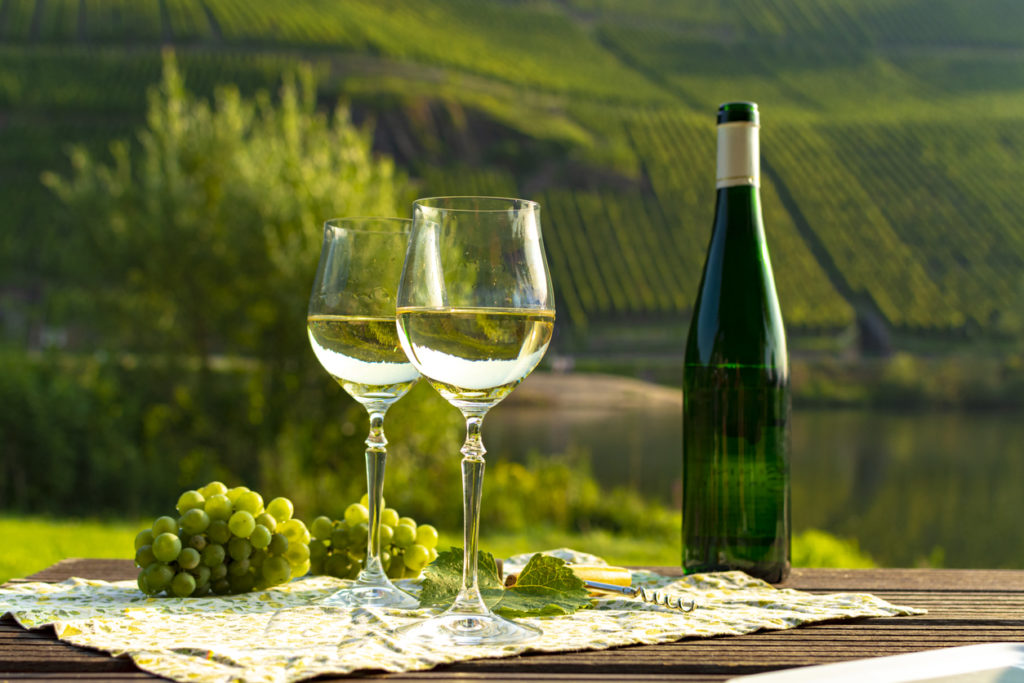
Whether you are a wine enthusiast or a casual drinker, Alsace wines have something to offer. The unique blend of terroir, climate, and grape varieties of alsace wine produces exceptional wines, that are distinct, complex, and delicious.
Location
Geography
The Alsace wine region is situated in the northeast part of France, bordering Germany and Switzerland. The vineyards are located on the lower stretches of the Vosges mountains, which provide shelter from the rain and wind, and the river Rhine to the east. The alsace wine region is divided into two parts: the Bas-Rhin to the north, by Strasbourg, and the Haut-Rhin to the south. The vineyards cover an area of around 15,500 hectares, with over 1,000 wine producers.
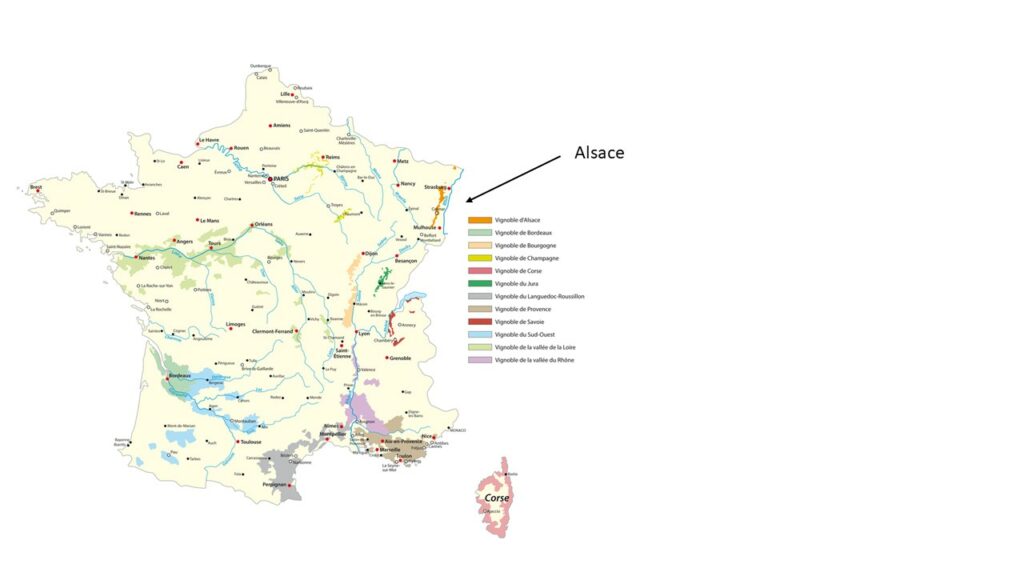
The Alsace wine region is known for its unique terroir, which is influenced by its location and geology. The Vosges mountains protect the vineyards from the prevailing winds and rain, while the river Rhine provides a moderating effect on the climate. The vineyards are planted on the slopes of the mountains, at an altitude of between 200 and 400 meters above sea level.
Climate
The Alsace wine region has a semi-continental climate, with hot summers and cold winters. The region benefits from a long growing season, with plenty of sunshine and low rainfall. The climate is ideal for the cultivation of aromatic grape varieties, such as Riesling, Gewürztraminer, Muscat and Pinot Noir. The alsace wines produced are known for their freshness, acidity, and complexity.
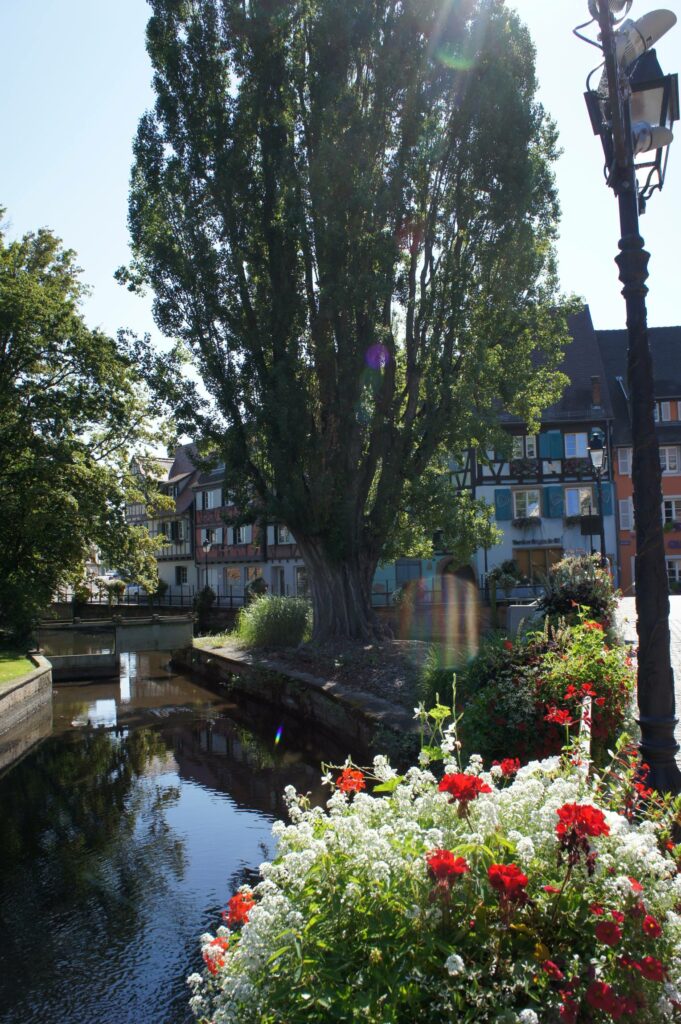
The climate in the Alsace wine region is influenced by its location and geography. The Vosges mountains protect the vineyards from the prevailing winds and rain, while the river Rhine provides a moderating effect on the climate. The summers are warm and dry, with temperatures reaching up to 30°C, while the winters are cold and snowy, with temperatures dropping to -10°C. The autumn is the most important season for the grape harvest, as the noble grapes need to ripen fully to develop their full flavor and aroma of alsatian wines.
Grapes
Alsace is a wine region in France that is known for producing high-quality single varietal wines. The region has a unique climate that allows for the cultivation of a variety of grape varieties for alsatian wines. This section will focus on the grape varieties grown in Alsace and the wine styles they produce.
White Wine Varieties
Alsace is known for producing wines made from white grape varieties. The most common grape varieties grown in Alsace include Riesling, Gewürztraminer, Pinot Gris, Pinot Blanc, and Muscat. Each grape variety produces fine wines with unique characteristics that are influenced by the region’s climate and soil.
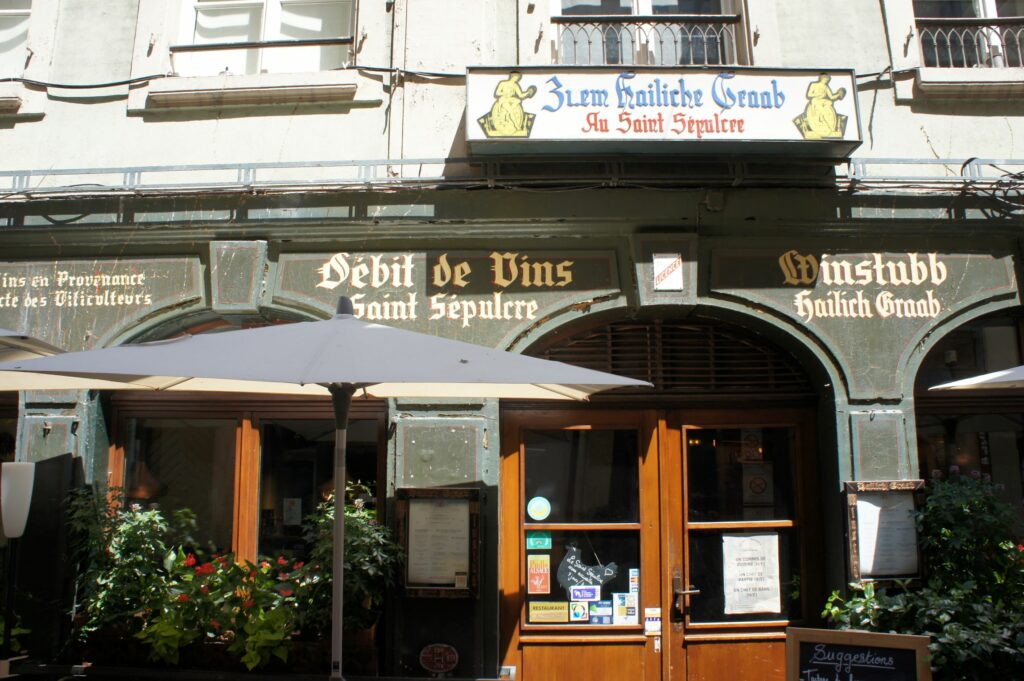
Riesling is the most popular grape variety in Alsace, producing dry and aromatic wines with high acidity. Gewürztraminer produces wines that are highly aromatic and have a distinct spicy flavor. Pinot Gris produces full-bodied wines with a rich texture, while Pinot Blanc produces light and refreshing wines. Muscat produces wines that are sweet and fragrant.
Tokay Pinot Gris
The Tokay Pinot Gris, also known as Pinot Grigio, has a rich history and unique characteristics that make it stand out in the world of wine. However, due to the EU regulation in 2006, the term Tokay was officially banned from use for wines produced outside of Hungary. This ruling aimed to protect the Tokaji wine region in Hungary and its renowned sweet wines.
One of the most intriguing aspects of Tokay Pinot Gris is its potential for Late Harvest wines. When left on the vine longer than usual, these grapes develop higher sugar levels and more intense flavors, resulting in a luscious dessert wine with hints of honey and apricot. Despite its historical ties to sweetness, modern interpretations have also focused on producing dry styles that showcase the grape’s natural acidity and aromatic profile. Whether you prefer it as a dessert accompaniment or a refreshing apéritif, exploring various expressions of Tokay Pinot Gris can offer an exciting journey through different winemaking traditions and sensory experiences.
Red Wine Varities
Alsatian red wine, particularly those made from Pinot Noir grapes, offer a unique profile that stands apart from other red wines. The cool climate of the Alsace region imparts a distinct minerality and vibrant acidity to the wine, emphasizing its delicate and nuanced flavors. This terroir-driven expression sets Alsatian Pinot Noir apart as an elegant and refreshing alternative to bolder, more tannic reds.
One of the remarkable characteristics of Alsatian Pinot Noir is its versatility in food pairings. Its bright acidity and subtle tannins make it an excellent companion to a wide range of dishes, from roasted poultry to salmon to earthy mushroom-based dishes. It’s a delightful experience exploring the myriad culinary possibilities that unfold when pairing this wine with different foods.
Wine Styles
Alsace produces a variety of wine styles, ranging from dry to sweet. The most popular wine styles include:
- Dry: Alsace produces a range of dry wines, including Riesling, Pinot Gris, and Pinot Blanc. These wines are crisp and refreshing, with high acidity and a mineral finish.
- Off-Dry: Alsace also produces off-dry wines, which have a touch of sweetness. These wines are made from grapes that are harvested later in the season, allowing them to develop a higher sugar content. Gewürztraminer is a popular off-dry wine in Alsace.
- Sweet: Alsace produces a range of sweet wines, including Vendange Tardive and Sélection de Grains Nobles. These wines are made from grapes that are harvested later in the season and have a high sugar content. They are often served as dessert wines and pair well with fruit and cheese.
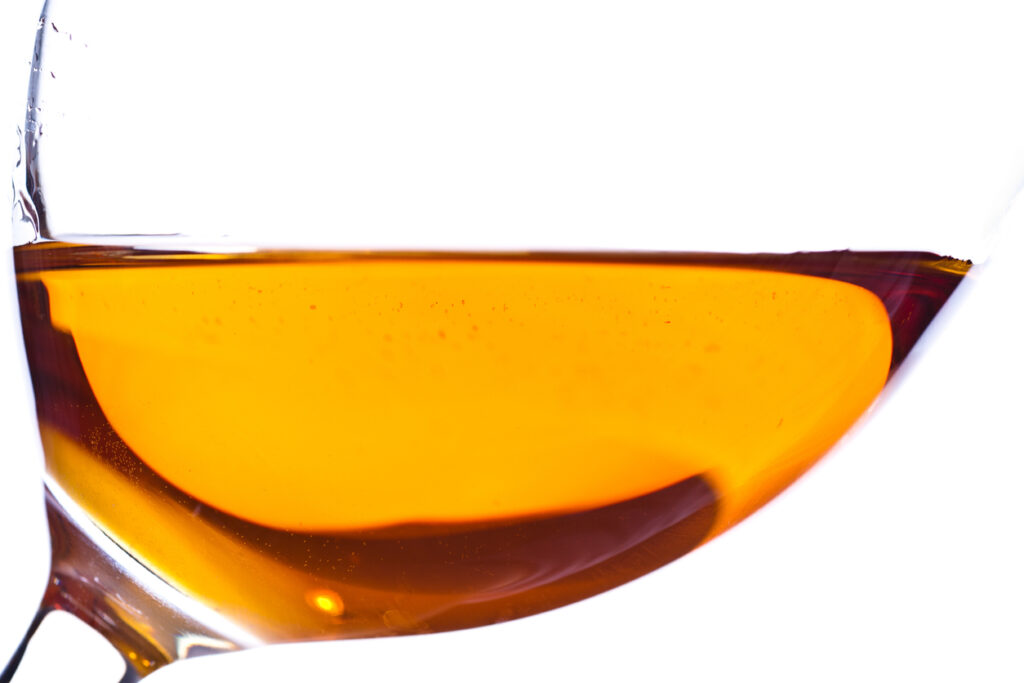
In conclusion, Alsace is known for producing high-quality wines made from a variety of white grape varieties. The region’s unique climate and soil allow for the cultivation of grapes and vines that produce a range of wine styles, from dry to sweet. Whether you are a fan of dry Riesling or sweet Vendange Tardive, there is a wine for everyone in Alsace.
Alsace Wine Route
The Alsace Wine Route is a breathtaking journey through the picturesque landscapes of northeastern France, spanning approximately 170 kilometers. The route winds its way through a total of 70 wine-growing communities, each offering unique experiences and flavors to discover. From the charming town of Riquewihr with its half-timbered houses to the medieval village of Eguisheim, the diversity of locations along the route ensures there’s always something new to explore.
One of the most fascinating aspects of this famous wine route, is that it presents an incredible variety of wines within a relatively short distance. Visitors can savor everything from crisp Rieslings to luscious Gewürztraminers, all while soaking in the region’s rich winemaking tradition and history. With such a wealth of vineyards and cellars to visit, no two experiences along the Alsace Wine Route are ever quite alike; there’s always another hidden gem waiting around the next bend.

Alsace Grand Cru AOC
Alsace Grand Cru AOC is renowned for its exceptional terroir, producing wines of unparalleled quality. This prestigious appellation is home to thirteen distinct grape varieties, including grand cru Riesling, grand cru Gewürztraminer, and grand cru Pinot Gris, each contributing to the region’s diverse and distinctive wine offerings. These grape varieties benefit from the unique microclimates and mineral-rich soils of Alsace Grand Cru AOC, resulting in wines with remarkable complexity and depth.
The strict regulations imposed on Alsace Grand Cru AOC ensure that only the finest grapes are used in the production of these exceptional wines. With a focus on expressing the true character of each grape variety, winemakers in this region emphasize transparency and purity in their winemaking practices. This makes Alsace Grand Cru AOC a must-visit destination for wine enthusiasts seeking to explore the full spectrum of expression offered by these esteemed grapes.
History
The Alsace wine region has a rich and complex history of wine produced, shaped by its unique location and the changing political landscape of Europe. The region has passed from France to Germany and vice versa several times throughout history, which has had a significant influence on its wine production.
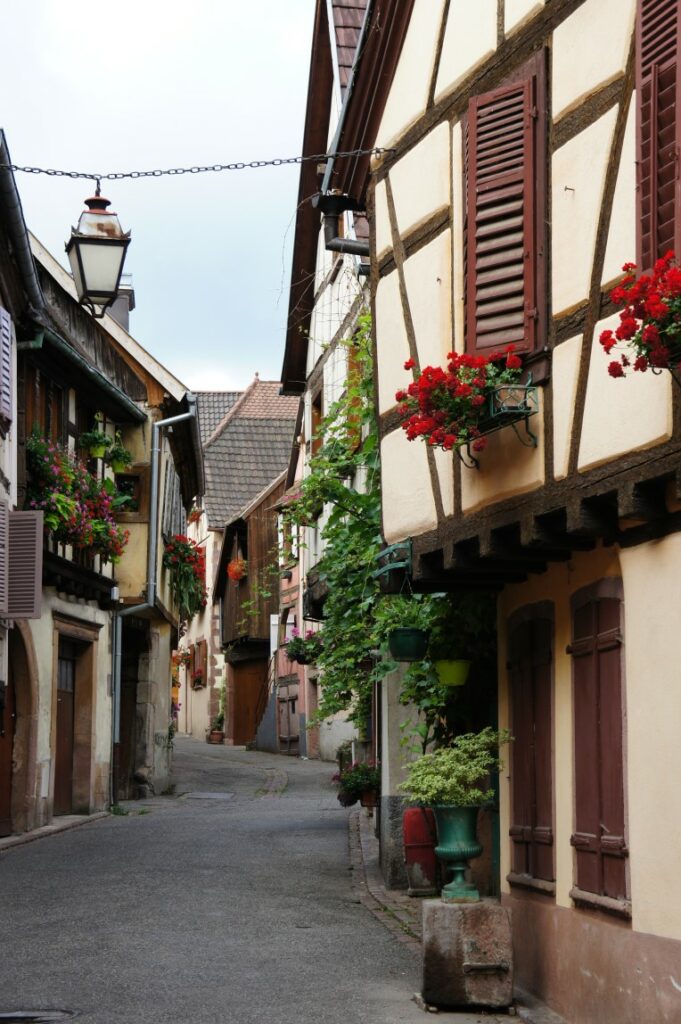
The first written records of wine production in Alsace date back to the 5th century, when the region was part of the Roman Empire. However, it wasn’t until the Middle Ages that wine production became a significant industry in the region. The monks played a crucial role in the development of the Alsace wine industry, as they were responsible for cultivating the vineyards and producing the wine.
During the 17th and 18th centuries, Alsace wine became increasingly popular in Europe, particularly in England and the Netherlands. However, the region’s fortunes took a turn for the worse during the 19th century, when phylloxera devastated the vineyards. It wasn’t until the beginning of the 20th century that the industry began to recover, thanks to the efforts of a few dedicated winemakers.
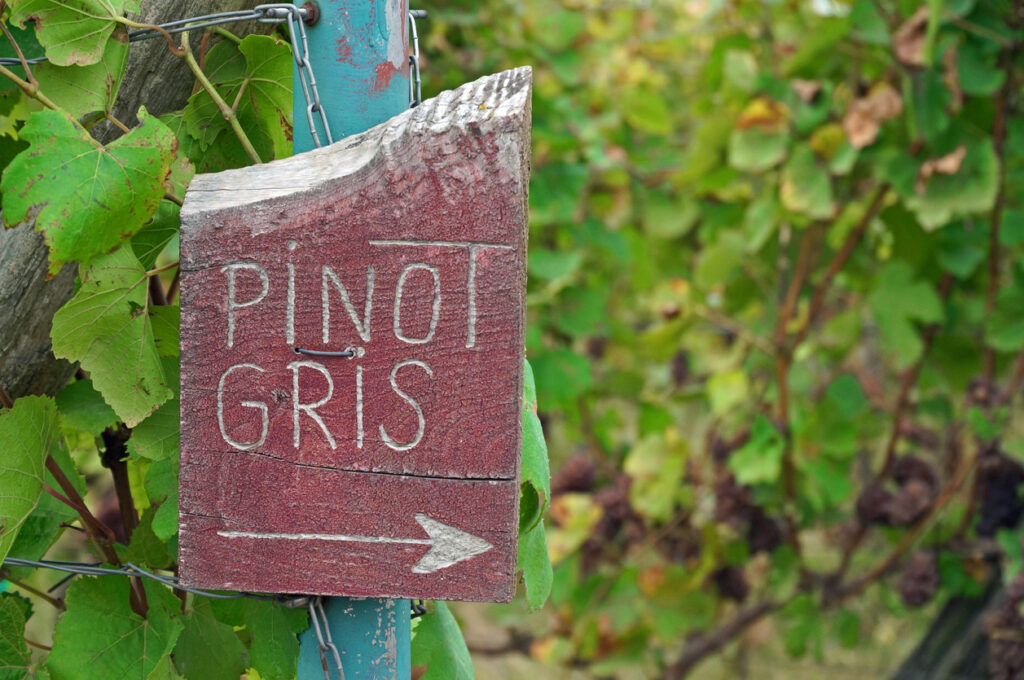
Today, Alsace is one of the most important wine regions in France, producing a wide variety of high-quality wines. The region is particularly known for its white wines, which are made from grape varieties such as Riesling, Pinot Gris, and Gewürztraminer. The unique terroir of Alsace, with its cool climate, diverse soils, and steep slopes, gives the wines a distinctive character and flavor profile.
Wineries
Alsace is home to some of the grand cru wines and the finest wineries in the world. Visitors can enjoy the scenic beauty of the region while tasting some of the most exquisite wines in the world.
Notable Wineries
One of the most notable wineries in Alsace is the Domaine Weinbach. This winery has been producing some of the best wines in Alsace since the 17th century. Visitors can enjoy a guided tour of the vineyards and cellars, followed by a tasting of the winery’s exquisite wines. Another notable winery is the Domaine Zind-Humbrecht, which is known for its biodynamic wines. Visitors can enjoy a tour of the vineyards, followed by a tasting of the winery’s unique and complex wines.
A winery which is focussing on making dry Alsatian wines is the Domaine Leon Boesch. Their flagship Gewürztraminer wine is a bone dry and fruity wine. Gewürztraminer wines are generally semi sweet to sweet wines.
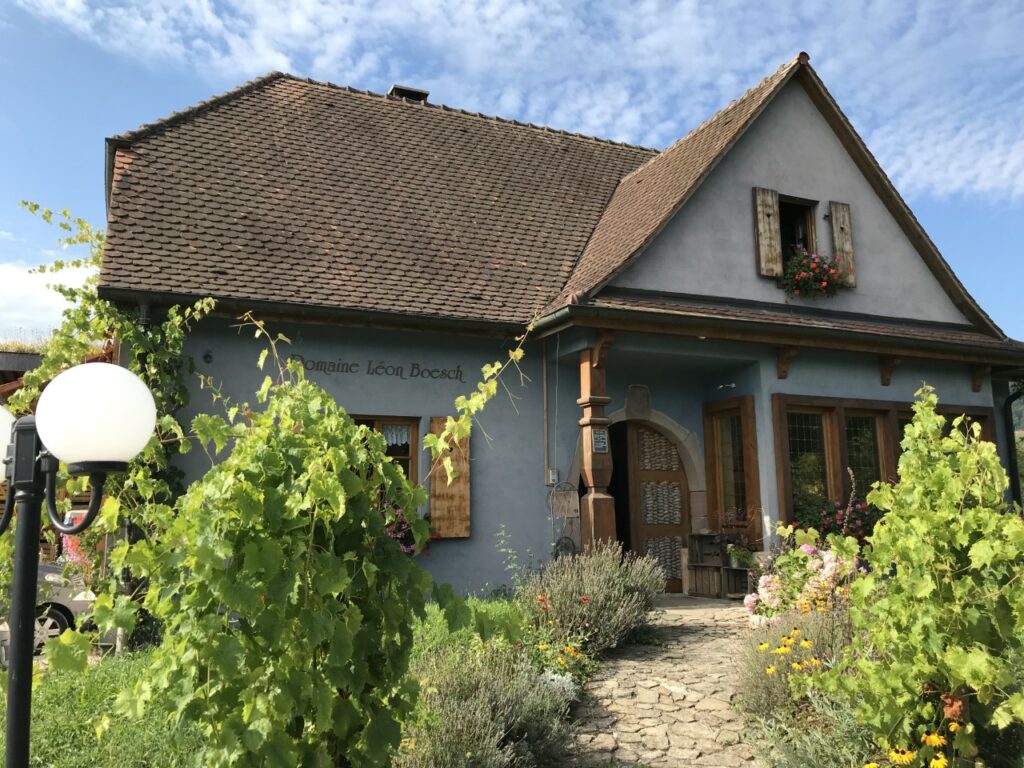
Tasting Rooms
Alsace is home to many tasting rooms where visitors can enjoy a variety of wines from the region. One of the most popular tasting rooms is the Cave de Ribeauvillé, which offers a wide selection of wines from the region. Visitors can enjoy a guided tasting of the winery’s sparkling wines or take a tour of the vineyards. Another popular tasting room is the Maison Trimbach, which has been producing wines in its Alsace vineyard since 1626. Visitors can enjoy a guided tour of the winery’s cellars, followed by a tasting of the winery’s exquisite wines.
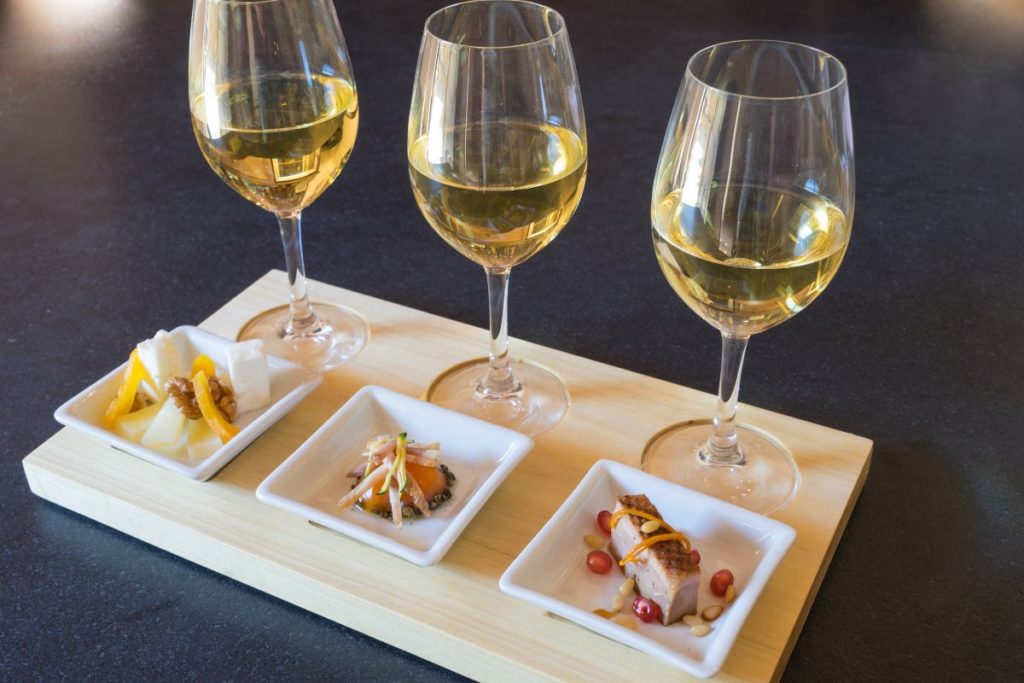
Food Pairing
Alsace wines are known for their versatility and ability to pair well with a wide range of dishes. The region’s dry and aromatic white wines are particularly well-suited to pairing with food. Here are some food pairing tips to help you get the most out of your Alsace white wine experience:
- Riesling: The lean and refreshing Rieslings of Alsace are the perfect pairing with charcuterie made with smoked salty ham and smoked rich tasting sausages, spiced foods with mild curry, cardamom, cinnamon, cloves, ginger, star of anise, cumin, or turmeric, picnic fare, shellfish, and egg dishes.
- Pinot Gris: The rich and full-bodied Pinot Gris pairs well with dishes that are slightly sweet or spicy, such as Asian cuisine, fruit-based sauces, and smoked meats.
- Gewürztraminer: The aromatic and spicy Gewürztraminer pairs well with spicy or sweet dishes, such as Thai curry, Indian cuisine, and fruit-based desserts.
- Muscat: The floral and aromatic Muscat pairs well with seafood, cold meats, quiche, and salads.
- Pinot blanc: This versatile white wine complements a variety of dishes, from light salads and seafood to richer poultry and creamy pasta. Alsatian Pinot Blanc pairs beautifully with creamy dishes like fettuccine Alfredo or risotto with mushrooms.
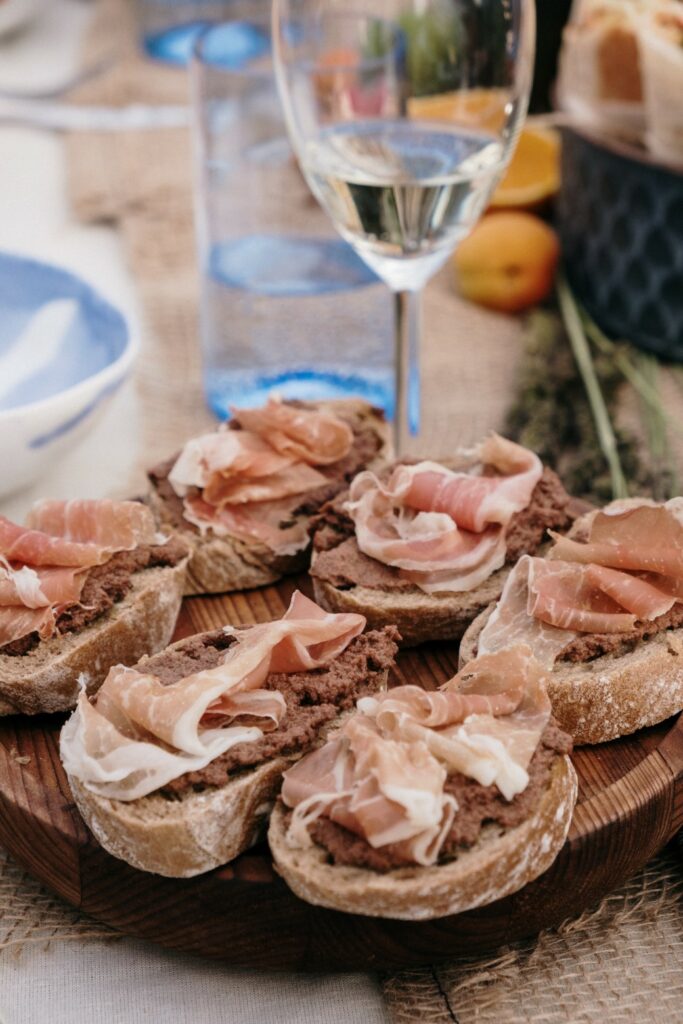
When pairing food with Alsace wines, it’s important to consider the intensity and flavor profile of both the wine and the dish. Lighter wines pair well with lighter dishes, while fuller-bodied wines can stand up to more robust flavors. Additionally, wines with higher acidity can cut through rich and fatty dishes, while sweeter wines can balance out spicy or salty flavors.
Overall, the key to successful food pairing with Alsace wines is to experiment and find what works best for your palate. Whether you’re enjoying a light and refreshing Riesling with a seafood dish or a rich and full-bodied Pinot Gris with a spicy Asian dish, the versatility of Alsace wines makes them a great choice for any meal.
Events
The Alsace wine region is renowned for its wine festivals and events, which attract visitors from all over the world. The region hosts a variety of events throughout the year, ranging from wine tastings to vineyard tours and cultural celebrations.
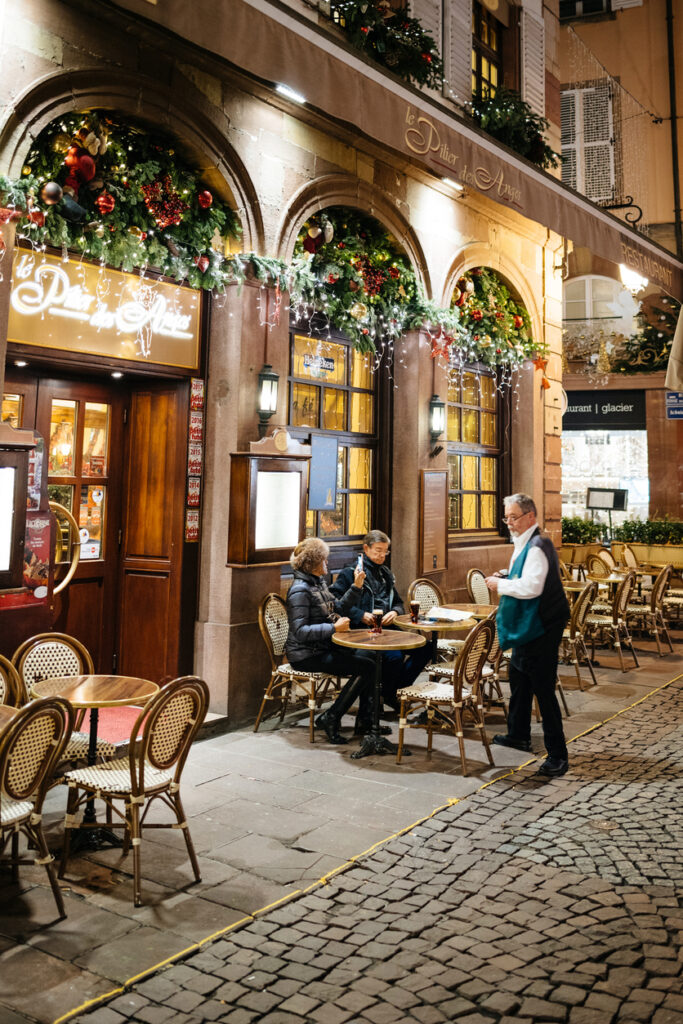
One of the most popular events is the Alsace Wine Route, which celebrates its 70th anniversary in 2023. This event offers visitors the opportunity to explore the region’s vineyards and wineries. Sample local wines, and experience the unique culture and traditions of Alsace.
Other notable events in the region include the Guebwiller Wine Fair, which takes place in May, and the Gastronomical Tour through the Schenkenberg Vineyard in Obernai, which takes place in August. The Vineyard Marathon in Molsheim is another popular event, offering participants the chance to run through the scenic vineyards of Alsace.
In addition to wine-related events, Alsace also hosts a variety of cultural celebrations throughout the year. The region’s Christmas markets are particularly popular. They offer visitors the chance to experience the festive traditions of Alsace. You can sample local delicacies such as mulled wine and gingerbread.
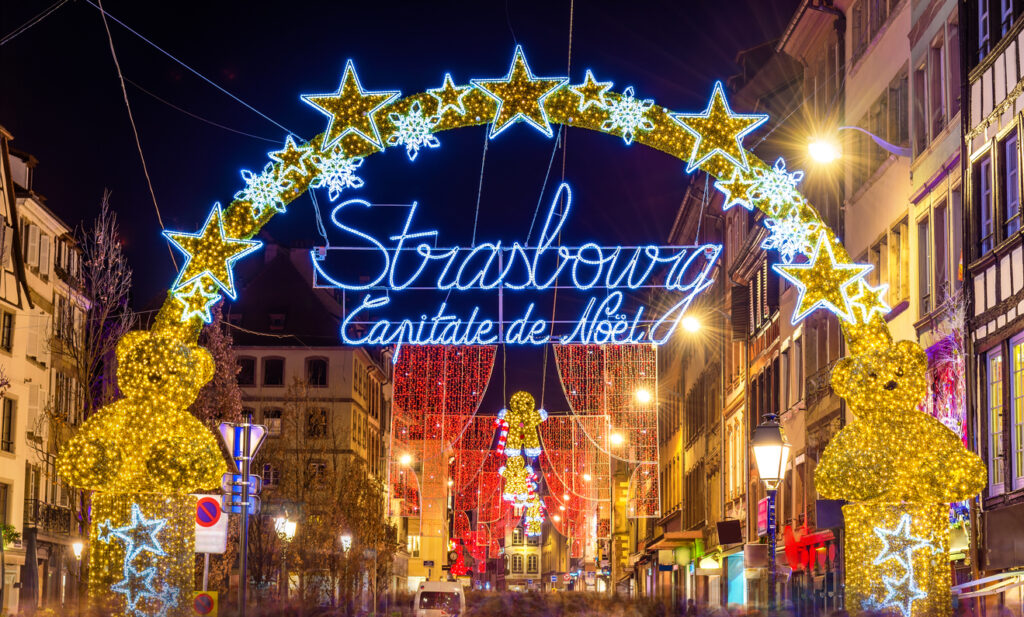
Overall, the events in the Alsace wine region offer visitors a unique and unforgettable experience, combining wine, culture, and tradition in a beautiful and scenic setting. Whether you are a wine lover, a foodie, or simply looking to experience something new, the events in Alsace are not to be missed.

